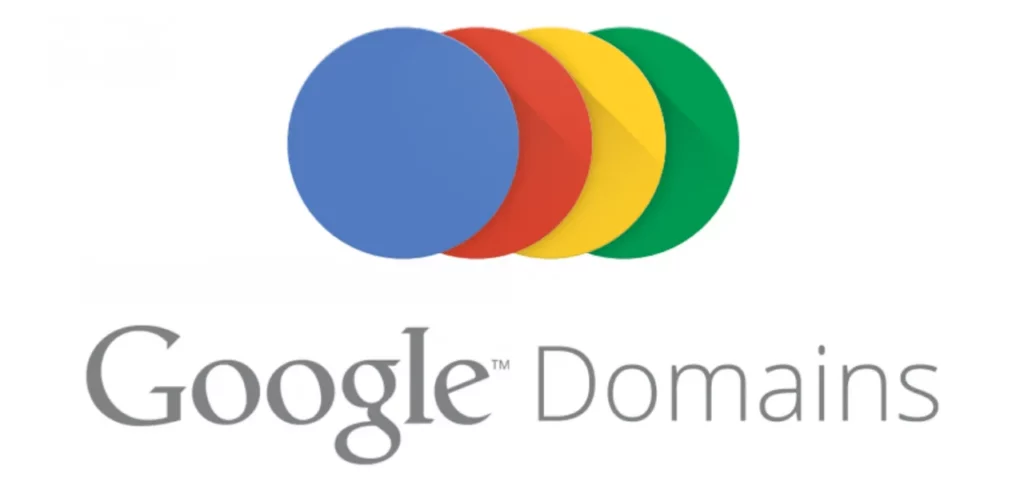
Google’s 8 New Top Level Domains for Academics, Lawyers, and Others
Google has released eight new top-level domains geared toward specific website owners and industries, from “.esq” for lawyers, to “.phd” for academics. The new domains will offer greater flexibility and choice for website owners seeking to create a distinctive online presence.
A top-level domain (TLD) is the part of a website address that comes after the last dot, such as “.com” or “.org”. The limited number of TLDs means that most of the best domain names are either already taken or excessively expensive.
The scarcity of available TLDs led to the creation of alternative domain extensions known as generic top-level domains (gTLD). These domains are broader in scope and not restricted to a particular geographic location. gTLDs like “.tech” or “.travel” are particularly useful for all sorts of businesses and organisations.
Google has released several new gTLDs this week. Designed to offer greater choice, the gTLDs cover a wide range of topics and industries. With the introduction of these new gTLDs, Google is providing users with more options to create a memorable and distinctive online presence that aligns with their specific needs and interests.
The eight new TLDs are:
.dad
.phd
.prof
.esq
.foo
.zip
.mov
.nexus
The list of new top-level domains includes options such as “.prof” and “.phd” — suited to those who teach. The “.esq” is an abbreviation of “esquire” and offers a much-needed opportunity for lawyers to acquire a relevant domain name. Of course, given the high demand for legal-related domain names with meaningful words, few options had been left.
Domain options like “.zip”, “.foo”, and “.nexus” are geared towards the tech community. However, given the relation to popular file extensions, one wonders if this could present a security concern. Could these gTLDs potentially create confusion for less savvy internet users, and make it easier for cybercriminals to spread malware or other types of malicious content?
The “.dad” top level domain might be an idea ahead of Father’s day (Mothers got the “.mum” suffix way back in 2014).
Using a gTLD can provide greater security and control over online assets, as Google will have greater control over who can register domain names using their gTLD. This can help prevent cybersquatting and other forms of online brand abuse.
With Google Domains, users can easily connect their domain names with other Google services, such as G Suite and Google Cloud Platform. Old news but a fun fact: Google has created several domain shortcuts so that you can quickly access its products, allowing users to perform specific actions with just a few keystrokes. For example, if you type “doc.new” in the address bar, a new Google Doc will open. Entering “sheet.new” and “slide.new” will open Google Sheets and Google Slides, respectively.
Top-Level Domains are managed and regulated by the Internet Corporation for Assigned Names and Numbers (ICANN), a non-profit organisation responsible for coordinating the maintenance and procedures of several databases related to the namespaces of the Internet. ICANN works together with Google (and others) on new domains primarily through the New gTLD Program, first launched back in 2012.
ICANN released the last round of new gTLDs way back in 2014 — itself the first major expansion of gTLDs since their creation in the 1980s. As of May 2023, there are over 1,500 gTLDs available for registration. The exact number of gTLDs changes often as new gTLDs are added and others are retired. While gTLDs arrive only once in a blue moon, the battle for online real estate will surely lead to more additions in the future.
SEO tip: When choosing a good gTLD, consider your target audience and try to pick one that is easy to remember and relevant to your website’s content. Align with your branding and messaging, weigh up the pros and cons of the annual cost, and be mindful of the indirect impact on organic traffic. By following these tips you can improve your website’s overall engagement and search engine optimisation.